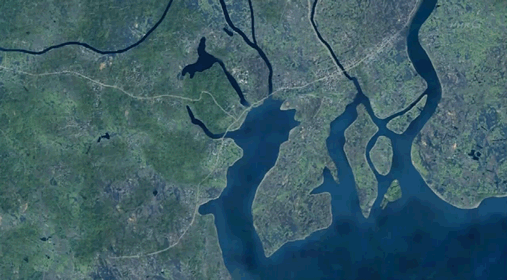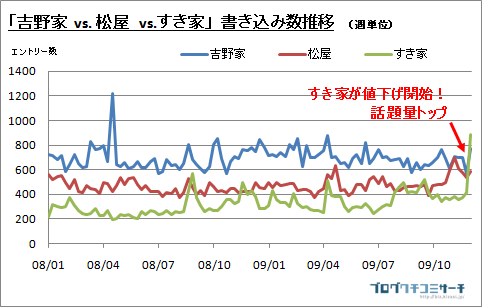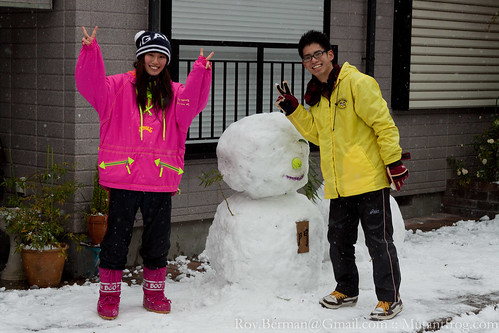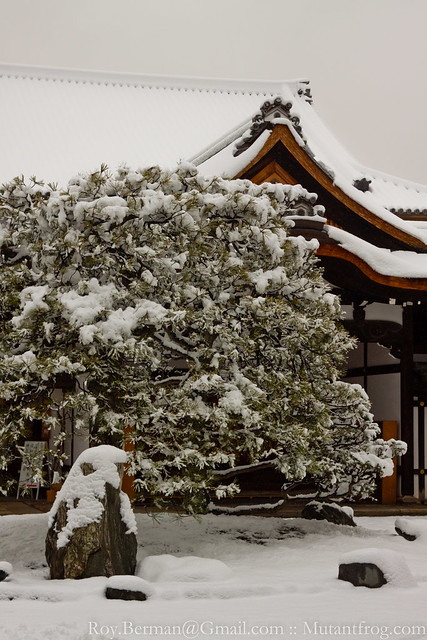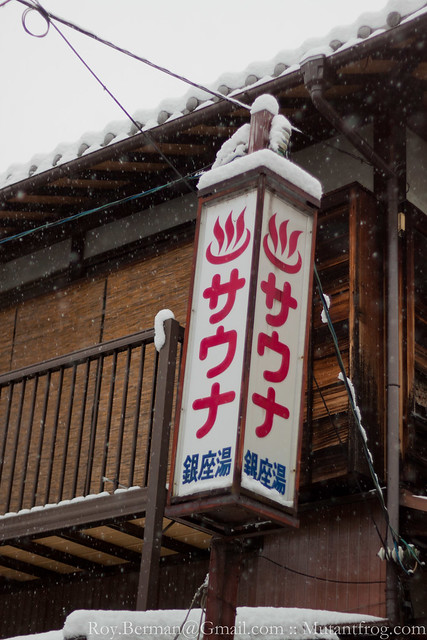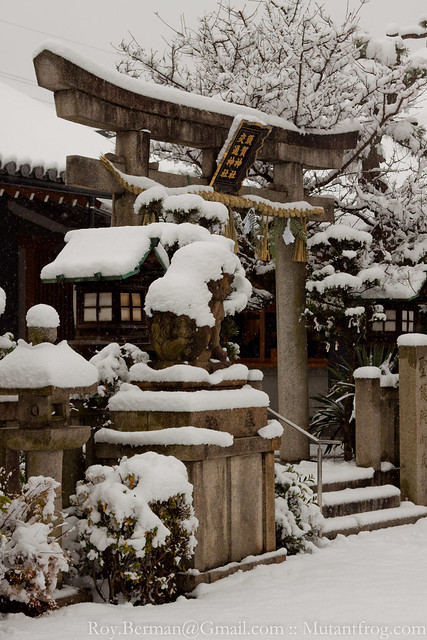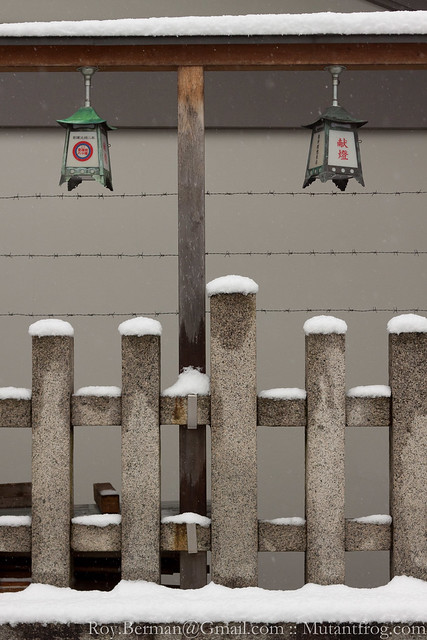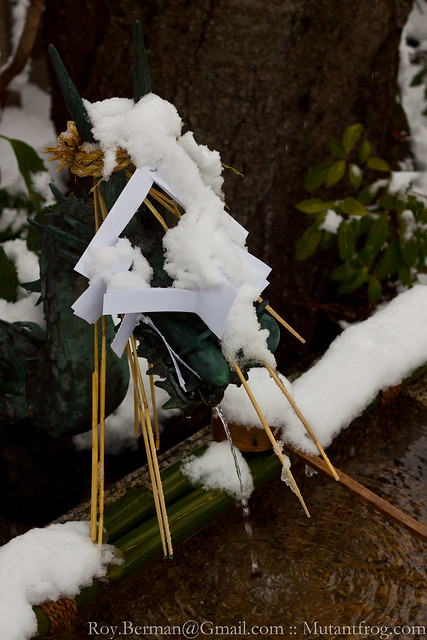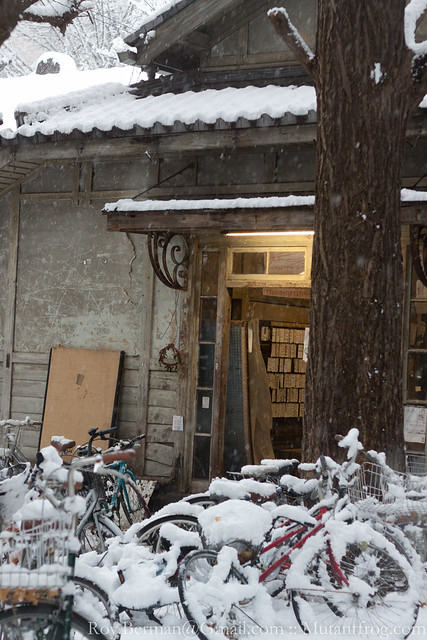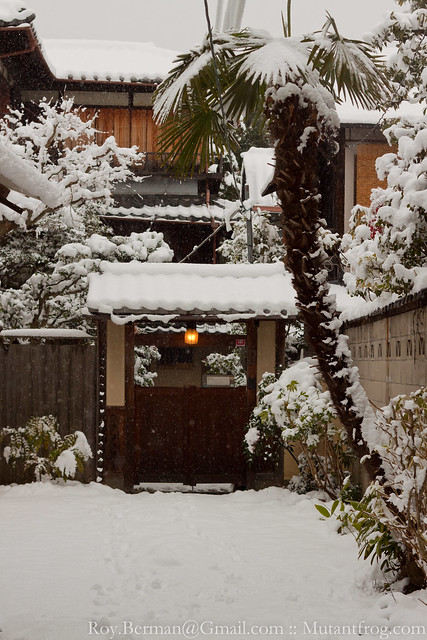A lot has changed for me over the past year and a half. I won’t go into too much detail, but the biggest shift has been my new job. In September 2009 I started translating for an equity research team, which means I spend my days reading and translating reports on publicly listed Japanese companies and the stock market in general.
It’s a fun and deeply interesting job, but it’s had an impact on my commitment to blogging in a big way, for a few reasons. For one thing, I came into the job with a woeful lack of knowledge about stocks and finance. I’ve been spending many nights studying to try and fill in the gaps. Only recently have I felt ready to try and start broadcasting my thoughts again.
Also, all the background research about the Japanese corporate world has had an unexpected side-effect: it more or less satisfies my urge to do the same thing on MFT. I mean, why blog about how Saizeriya serves TV dinners as restaurant food, when I already spent the better part of a day writing the same thing in an analyst report? It feels redundant. Most times, I can’t even be bothered to post something on Twitter.
Recently, I have felt a little more confident in focusing on blogging again. But when I opened the WordPress site, I had a bit of writer’s block. My thinking and interests have changed since the time when I was blogging about pillow-girlfriends and the like. At this point, I don’t know what future posts will look like, but at the very least it now seems kind of pointless to snipe at foreign press coverage of Japan. Working in the investment world with a team of veteran translators has probably skewed my perspective. I will probably spend more time talking about things like the Gyoza no Ohsho training scandal.
Life in Tokyo in 2011
It’s been almost four years since Mrs. Adamu and I moved to Tokyo, and this September will mark the 12th anniversary of my first landing in Japan at Kansai International Airport. The me of 12 years ago probably couldn’t imagine how I’d be living today. Of course my life has taken many unexpected twists and turns, but more generally, the life of a gaijin in Japan seems much more comfortable and less alienating than it used to be, at least from my perspective.
When I was a high school exchange student, my contacts with the home country were basically limited to monthly visits with other exchange students and the occasional rented movie or episode of Full House on Japanese TV. It didn’t matter much because I was concentrating on learning Japanese to fulfill my newfound dream of one day appearing on one of those shows where Japanese-speaking foreigners argue about politics.
But on the flight home something odd happened. Chip N Dale Rescue Rangers was showing on the in-flight entertainment, and for some reason I couldn’t stop laughing at all the cheesy jokes. I had been away from American humor for so long that even a little taste of it made me crack up. It happened again during my Kyoto study abroad days, when about six months in I watched Ace Ventura Pet Detective.
I don’t have those moments anymore.
I am typing this post on a laptop connected to my home WiFi connection, a few minutes after catching up with The Daily Show and Colbert Report. I can download/stream any movie or music I want using one of the world’s fastest Internet connections, while my cable TV opens up even more possibilities. The Net has all the world’s news. Skype lets me video-chat with my parents at holidays. There are two Costcos within a reasonable driving distance, and a decent amount of import stores that allow me to easily and cheaply cook American food if I so desire. I bought a queen-size bed at Ikea. Hyogo and Kyoto in 1999 and 2002 offered none of these, for both financial and technological reasons.
In so many ways, living in Tokyo in 2011 lets me keep my feet in both Japanese and American cultures. Obviously, I would not trade these comforts, but in a lot of ways it muddies the idea of assimilating into Japanese culture and fundamentally feeling like I live in a foreign country. If it mattered to me, I guess I could tilt the balance of my media/entertainment more toward the Japanese side, but it doesn’t. When I was younger I was all about learning to understand Japanese TV and movies and reading manga. But these days I know most Japanese TV is utterly stupid, and it’s rare for me to encounter a manga title that really grabs me (the last one was Ishi No Hana). Who knows, this might be another reason some of my old go-to blog topics seem less interesting now.
